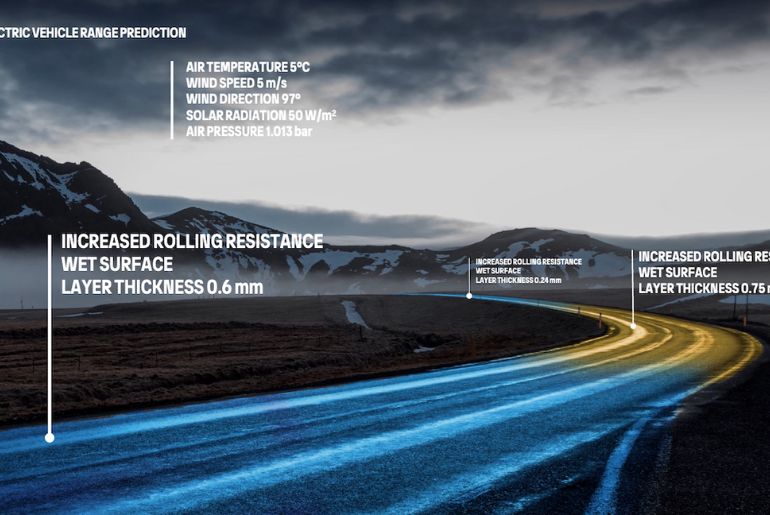Although some consumers are still deterred from buying an electric vehicle (EV) by range anxiety, automakers have made great strides in resolving this problem. The industry average range is currently approximately 300 miles, with certain high-end models—like the Porsche Taycan 4S, Polestar 2, and Mercedes-Benz EQS Saloon—reaching or surpassing 400 miles.
According to a report released by S&P Global Mobility in November 2023, customers’ primary worry now seems to be price rather than range. Despite the fact that 62% of those surveyed said they were “waiting until vehicle technology improves before purchasing a new car,” only 29% said they would be content if a car had a minimum range of 300 miles.
However, what if the manufacturers’ stated range specifications aren’t quite accurate? “Typically, these are produced by merging city and highway driving in “optimal” circumstances,” explains Lasse Lumiaho, Product Manager for Road Weather at Vaisala, a measurement technology business. Business-wise, this makes sense, but depending on the region in which they reside, EVs’ susceptibility to range variations may have unfavorable effects on customers.
EV batteries: the concept of “Goldilocks”
Lumiaho tells Automotive World that the energy efficiency of the electric powertrain is the main reason of differences between factory specs and actual EV range. While an EV can achieve up to 95% efficiency, a gasoline engine can only achieve roughly 25% and a diesel engine 40%. This indicates that performance is affected by external factors, and it is relatively obvious when it does. An unidentified OEM came to Vaisala in search of a solution after realizing this issue.
An EV’s range can only be ascertained by testing that takes into account and measures a number of factors, including weather, traffic and road topography, driving style, and vehicle structure. True range potential may be distorted by any of these.
Eliminating doubt
Vaisala wanted to give its customers access to a special weather dataset that would help them make better on-road range estimates. The amount of work needed turned out to be substantial: according to Lumiaho, “it all starts with the global cooperation of governments collecting weather measurements.” “Atmospheric data is collected by radars, satellites, land-based stations, and aircraft.” To increase accuracy and decrease latency, this is paired with commercial data fusion performed by private companies and local numerical weather predictions for each country. Then, using the atmospheric data as an input, Vaisala adds a second road weather model that accounts for variables such as traffic, seasonal road conditioning, and road curvature.


